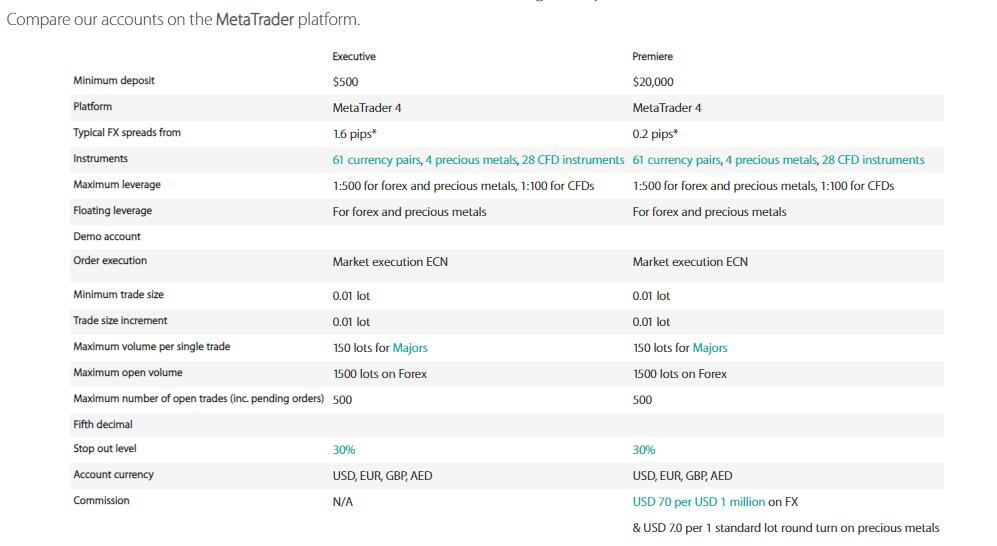
If a company has 100 shares outstanding and it announces it will pay $1,000 in dividends to its shareholders, the pro rata amount that each share is worth is $10. If a shareholder owns five shares, they will receive $50 in dividends. When a company pays dividends to its shareholders, each why does gaap require accrual basis accounting investor is paid according to its holdings. If a company has 100 shares outstanding, for example, and issues a dividend of $2 per share, the total amount of dividends paid will be $200. No matter how many shareholders there are, the total dividend payments cannot exceed this limit.
Comprehensively, proration of asset depreciation should not create a big problem for companies. However, it can be an important detail for accountants to research and manage when incorporating a new depreciation schedule. Overall, depreciation is used for the benefits of spreading out a substantial cost and also matching incoming revenue with a monthly, quarterly, or annual expense record.
Pro Rata Applications
The second is known as a special condition of average, whereby under-insurance is not penalized unless the sum represents less than 75% of the at-risk value. Most policies with pro rata conditionality are buttressed with a special condition. Now I don’t mean that all parts are equal but that each part is given in proportionate to how much you own. Also,I find it particularly useful when the exact value of something can’t be easily determined by itself but I can easily calculate, a proportion value when compared to something else. Here we calculated using the ultimate value and divided it by months.
Comstock Announces Loan Agreement and Intention to Exercise … – InvestorsObserver
Comstock Announces Loan Agreement and Intention to Exercise ….
Posted: Thu, 31 Aug 2023 18:31:00 GMT [source]
A pro rata discount could also apply if a customer joins a monthly subscription service on any day other than the first of the month. To calculate the pro rata share, divide the number of true items by the maximum quantity possible. In this example, the number of true items is the number of days worked. Assuming a non-leap year, there are 79 days (inclusive) between January 1 and March 20.
Definition of pro rata
The cumulative cash flow shows that between the 5th and 6th year, the initial investment is recovered. However, if we want to know the exact number of years it takes to recover https://online-accounting.net/ the investment of 3 years then again we need to use the pro rata basis concept. So, you can use pro rata basis in so many applications without you actually realising it.
- The easiest way to work out pro rate salary is by dividing the total annual salary by the number of full-time hours.
- Although also seen in finance, you’re likely to use a pro rata calculator to calculate employee wages.
- In the UK, full-time workers are entitled to 5.6 weeks of paid holiday per year.
In order to calculate the prorated salary amount, you first take the total annual salary and divide it by the number of working days in the year to determine a daily rate. On the other hand, expenses can be set by using a pro-rata approach when a budget is being designed, e.g. marketing expenses will be limited to 5% of net revenues. This means their pay is proportionate to the number of hours or days they work relative to a full-time employee. They will do so by dividing the total monthly rent due by the number of days in the month to determine the amount of the rent that is proportionate to each day. They will then multiply that amount by the number of days that you will be occupying the apartment that first month.
Pro rata
Pro rata entails taking a fraction of one item and conveying the same fraction on another base. Pro rata is a Latin term used to describe a proportionate allocation. It essentially translates to “in proportion,” which means a process where whatever is being allocated will be distributed in equal portions. Emilie is a Certified Accountant and Banker with Master’s in Business and 15 years of experience in finance and accounting from large corporates and banks, as well as fast-growing start-ups.
- In other words, Jane will pay 10 days’ worth of rent in the first month occupying her new apartment.
- In partnerships, each of several partners may be liable pro rata according to their individual share in the partnership agreement.
- Whether you’re a seasoned professional or new to the concept, this guide will empower you with the knowledge you need to navigate the world of pro rata with confidence.
- In the insurance industry, pro rata means that claims are only paid out in proportion to the insurance interest in the asset; this is also known as the first condition of average.
- Find out how GoCardless can help you with ad hoc payments or recurring payments.
This creates assumptions about the date when the property will be placed into service and the date it will be retired. Common mistakes in calculating pro rata include not using the correct full-time equivalent or incorrectly counting the number of hours or days worked. For example, if a company declares a dividend to be distributed pro rata among its shareholders, each shareholder will receive an amount proportional to the number of shares they own. The term “pro rata” is used to describe a proportionate distribution, often involving a partial or incomplete status of payment due.
pro rata Business English
The pro rata dividend calculation is used to determine the amount due to each individual shareholder as their prorated portion of the total payable amount a company set aside for dividends in a particular period. In order to calculate a prorated refund, you have to first figure out how many units (e.g., months) remain on the customer’s subscription and what is the unit cost (e.g., monthly price). Then multiply the number of customer’s remaining units by the unit cost to arrive at the pro rata refund figure. In order to calculate the prorated rent amount, you first take the total rent amount (e.g., year, month, week), divide it by the total number of days (in the year/month/week) to determine a daily rent rate. Next, you multiply the daily rate by the number of days the tenant was occupying the property to generate the prorated amount for the partial month.
For other methodologies, the accountants would also need to build the depreciation schedule using monthly pro-rata conventions rather than annually. The double-declining balance and sum of years digits methods are accelerated with higher expenses in the earlier years. This means that breaking down the annual expense into equal monthly allotments would still result in a higher expense for the first 12 months. Calculating asset depreciation on a pro-rata or proration basis can potentially be an issue in the first and final year of expensing. This means a company will need to calculate the breakdown of annual depreciation as well as a pro-rata depreciation and begin applying the schedule for the first month the asset goes into service.
For example, an accountant may prorate a materials price variance to the relevant cost categories (e.g., inventory, work-in-progress inventory, finished goods). The pro-rated dividend payment Jane will receive from Company XYZ is $3,000. In other words, your landlord will prorate the month’s rent to only charge you for the days you have actually occupied the property. In the insurance industry, pro rata means that claims are only paid out in proportion to the insurance interest in the asset; this is also known as the first condition of average. Let’s say I was working in Goldman Sachs and was to receive a $240,000 bonus apart from my annual salary on completing 12 months of employment. A creditor of an
insolvent estate, is to be paid pro rata with creditors of the same class.

Although also seen in finance, you’re likely to use a pro rata calculator to calculate employee wages. The easiest way to work out pro rate salary is by dividing the total annual salary by the number of full-time hours. For example, if you’re paid a pro rata wage, the wage is calculated using what you would earn working full time. Imagine that you work on a pro rata basis for 30 hours per week, while your colleague works full time at 40 hours per week. Your colleague earns the full amount, while your pro rata salary would be £30,000 per year to represent the 30 out of 40 hours worked.
Generally, using pro-rata, this means that year one of depreciation will be less than the total annual cost with a final pro-rated amount also calculated in the final year. All of the depreciation methods above, except for the units of production method, calculate an annual depreciation rate which is based on the number of years the asset is expected to be accounted for in use. When useful life is a consideration in calculating depreciation, companies have to divide that value by 12 in order to get the deprecation expense on a pro-rata monthly basis. Beyond salaries and holiday entitlement, pro rata calculations can be used in various other scenarios, such as distributing dividends among shareholders or dividing shared expenses. To calculate the pro rata distribution, multiply the pro rata share by the related item.